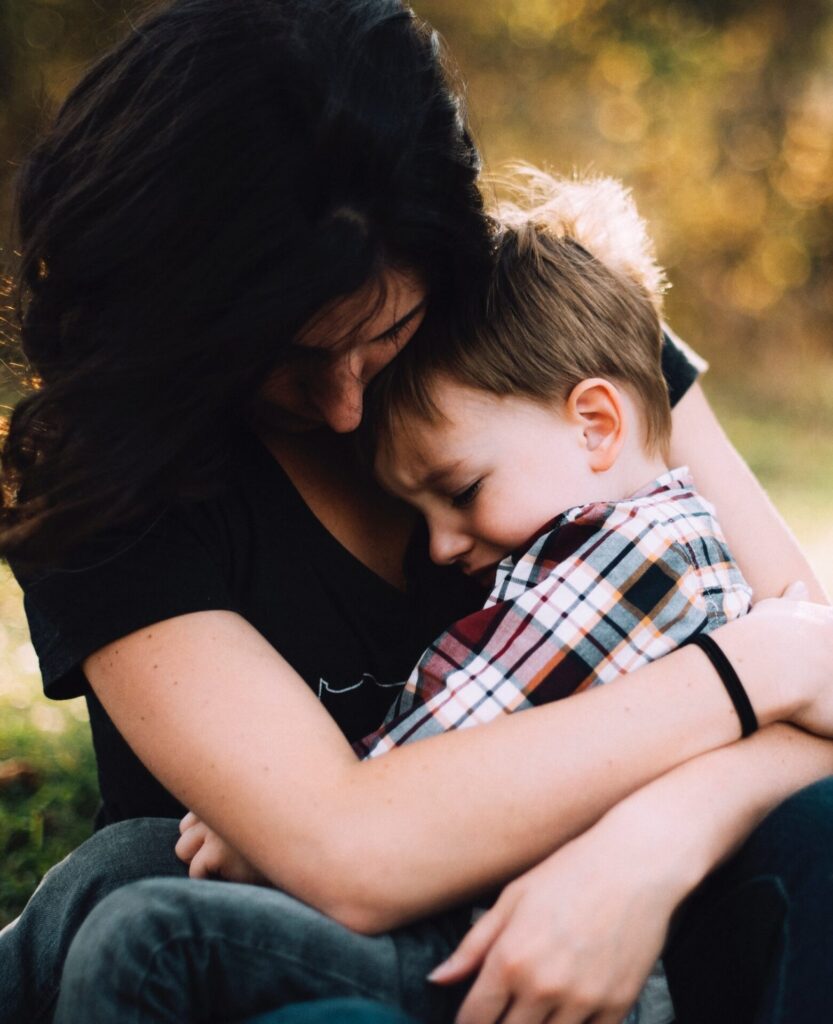Attachment styles, as proposed by psychiatrist John Bowlby in his groundbreaking attachment theory, play a pivotal role in shaping human relationships. From early childhood to adulthood, these attachment styles profoundly influence how individuals connect with others. In this comprehensive guide, we delve into the intricacies of child and adult attachment styles, shedding light on their development, characteristics, and impact on relationships.
Child Attachment Styles
Secure Attachment Style
Secure attachment is the foundation of a healthy emotional connection between a child and their primary caregiver. Children with secure attachment styles feel loved, confident, and develop higher self-esteem. They explore the world freely, knowing they have a secure base to return to when needed.
Avoidant Attachment Style
On the contrary, avoidant attachment emerges when caregivers reject a child’s connection-seeking behaviors. Children with avoidant attachment may appear compulsively self-reliant, avoiding intimacy in close relationships.
Ambivalent Attachment Style
Ambivalent attachment, or anxious-resistant attachment, arises when infants receive inconsistent care. These children desire closeness but are unsure about others’ willingness to reciprocate, leading to higher levels of anxiety and dependence on partners in adulthood.
Disorganized Attachment Style
Disorganized attachment results from a parent being a source of threat or fear. Children with disorganized attachment may exhibit social and behavioral problems, coupled with higher levels of depressive symptoms and shyness.
How Attachment Develops
Attachment, an emotional bond between a caretaker and a child, evolves as a result of the infant’s inherent need to remain close for protection. Unlike many species, human babies require prolonged care due to their inability to feed or defend themselves.
While child attachment styles are observed during the first year, the process of adult attachment development is less understood. Long-term studies reveal that early attachment does not consistently predict adult attachment.
Importance of Attachment Style
Childhood attachment experiences significantly impact behavior, mental health, and overall well-being. The internal working model formed during infancy shapes a child’s self-perception, influencing personality, emotion regulation, and interaction styles.
In adulthood, attachment styles predict behavior, romantic love experiences, conflict management in relationships, mental control, and overall relational experiences.
Determining Attachment Styles
For Children: The Strange Situation
Psychologist Mary Ainsworth developed the Strange Situation test to categorize attachment systems in children. The test analyzes an infant’s behavior during separation and reunion with their mothers.
For Adults: Adult Attachment Interview (AAI) and Self-Report Surveys
The Adult Attachment Interview involves open-ended questions about past experiences with parents. Additionally, attachment research identifies two dimensions – attachment anxiety and attachment avoidance – which can be assessed through self-report surveys.
Characteristics of Adult Attachment Styles
Secure Attachment
Secure adults tend to have secure, long-term relationships. They form emotional connections, believe in partner availability, and exhibit positive interaction styles.
Ambivalent Attachment
Ambivalent adults desire emotional intimacy but fear abandonment. They are preoccupied with relationships, clingy, and require constant reassurance.
Avoidant Attachment
Avoidant adults are compulsively self-reliant, avoid intimacy, and lack trust in others. They may display higher levels of loneliness and hostility.
Disorganized Attachment
Disorganized adults exhibit low self-esteem, anxiety, and a negative perception of the world. They desire intimacy but struggle to trust others, leading to lower sociability.
Parenting Styles and Attachment
Parents’ attachment styles influence their parenting, affecting their children’s attachment styles. Securely attached parents typically adopt an authoritative parenting style, correlated with their child’s secure attachment.
On the contrary, insecurely attached parents may show less sensitivity, support, and responsiveness, resulting in insecure attachment patterns in their children. Attachment patterns often transmit across generations, but individuals can adapt and change their attachment style over time.
In conclusion, understanding child and adult attachment styles provides profound insights into the dynamics of human relationships. From the foundational secure attachment to the nuanced characteristics of ambivalent, avoidant, and disorganized attachment styles, each plays a crucial role in shaping personalities and interactions. Recognizing the impact of early attachment experiences on mental health underscores the significance of fostering secure connections in both childhood and adulthood.





